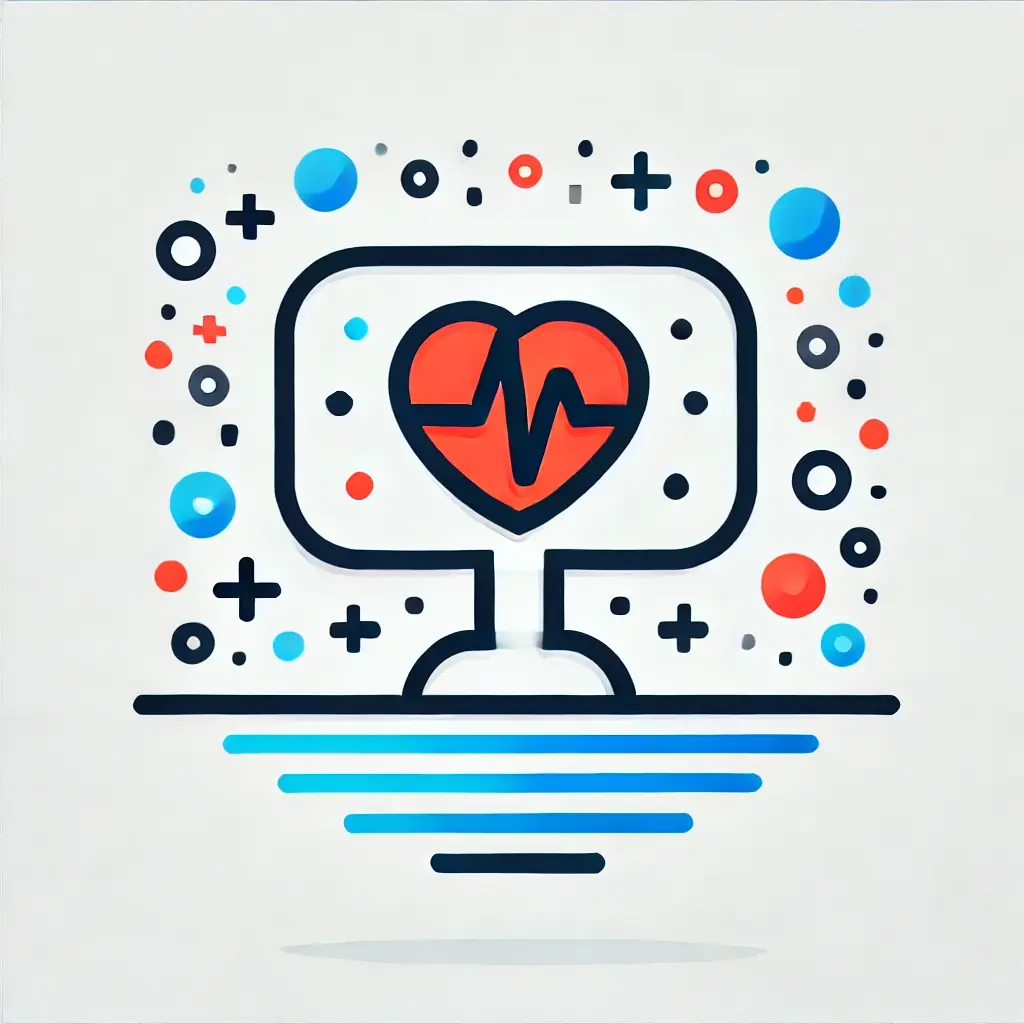Remote Patient Monitoring (RPM) is revolutionizing healthcare by leveraging technology to track patients’ health conditions outside traditional clinical settings[1][2]. This innovative approach combines remote monitoring devices, health apps, and artificial intelligence (AI) to collect and analyze patient data, enabling healthcare providers to deliver personalized care and early interventions[2][4].
Key Components of AI-Enabled RPM
Remote Monitoring Devices
Wearable sensors and devices continuously gather vital signs such as heart rate, blood pressure, respiratory rate, and blood glucose levels[2][4]. These devices transmit data in near real-time, allowing for constant monitoring of patient health status.
Health Apps
Mobile applications serve as interfaces for patients to input data, receive notifications, and access health education resources[4]. AI-powered virtual assistants within these apps can provide personalized guidance and answer medical queries, enhancing patient engagement and treatment adherence.
AI Algorithms
Sophisticated AI models analyze the vast amounts of data collected from remote monitoring devices and patient-reported information[2][4]. These algorithms can:
- Establish personalized baselines for each patient
- Detect anomalies and patterns that may indicate health deterioration
- Predict potential health issues based on historical data trends
- Generate alerts for healthcare providers when significant changes occur
Benefits of AI in Remote Patient Monitoring
-
Early Detection: AI algorithms can identify subtle changes in patient health, enabling timely interventions and potentially preventing complications[2][4].
-
Personalized Care: By analyzing individual patient data, AI can help create tailored treatment plans and recommendations[2][4].
-
Reduced Hospitalizations: Early detection and intervention can decrease the need for hospital admissions, resulting in cost savings for both patients and healthcare systems[2].
-
Improved Patient Outcomes: Continuous monitoring and prompt interventions lead to better management of chronic conditions and overall health[2][4].
-
Enhanced Efficiency: AI-powered RPM systems can prioritize patients based on their condition severity, optimizing healthcare resource allocation[5].
Challenges and Considerations
While AI in RPM offers significant benefits, there are challenges to address:
- Ensuring algorithm accuracy to minimize false positives and negatives
- Maintaining robust data security measures to protect sensitive health information
- Promoting patient engagement and adherence to remote monitoring protocols[2]
As AI technology continues to advance, the potential for Remote Patient Monitoring to transform healthcare delivery grows. By enabling proactive, personalized care beyond the confines of traditional clinical settings, AI-powered RPM is poised to improve patient outcomes, reduce healthcare costs, and enhance the overall quality of care.
Further Reading
1. Artificial intelligence and remote patient monitoring in US healthcare market: a literature review – PMC
2. https://healthsnap.io/ai-in-remote-patient-monitoring-the-top-4-use-cases-in-2024/
3. How Remote Patient Monitoring and AI Personalize Care | HealthTech Magazine
4. AI in Remote Patient Monitoring – 5 Real-Life Examples
5. A Deep Dive into Remote Patient Monitoring


